Balance is often overlooked in fitness routines, yet it plays a crucial role in our daily lives. From walking on uneven surfaces to reaching for something on a high shelf, balance keeps us steady and prevents falls. As we age, maintaining good balance becomes even more critical, reducing the risk of injuries and improving overall mobility. Incorporating balance exercises into your workout regimen doesn’t require fancy equipment or hours at the gym—simple movements practiced consistently can yield significant benefits.
The Science Behind Balance
Balance is controlled by a complex interplay of systems in the body. The vestibular system in the inner ear, visual cues, and proprioception—the body’s ability to sense its position in space—all work together to keep us upright. When one of these systems is compromised, such as when we close our eyes or stand on an unstable surface, the others must compensate. Training balance challenges these systems, improving coordination and reaction time. Over time, this can lead to better posture, stronger stabilizing muscles, and even enhanced athletic performance.
Why Balance Training Matters
Many people associate balance exercises with older adults, but they benefit individuals of all ages. Athletes use balance training to enhance agility and prevent injuries, while office workers can counteract the effects of prolonged sitting. Poor balance often stems from weak core muscles, tight hips, or inactive glutes—common issues in today’s sedentary lifestyle. By addressing these weaknesses, balance exercises promote functional fitness, making everyday movements easier and reducing strain on joints.
Simple Exercises to Improve Balance
One of the easiest ways to start improving balance is by standing on one leg. Try brushing your teeth while balancing on one foot or practice while waiting in line. For a greater challenge, close your eyes or stand on a cushioned surface. Another effective exercise is the heel-to-toe walk, where you place one foot directly in front of the other as if walking on a tightrope. Yoga poses like tree pose or warrior III also build balance while enhancing flexibility and focus.
Progressing Your Balance Workouts
Once basic exercises feel comfortable, progression is key. Incorporate unstable surfaces like a balance board, foam pad, or even a folded towel. Movements such as single-leg squats or lunges add strength training to the mix. For those who enjoy dynamic challenges, tai chi or dance-based workouts can be both fun and effective. The goal is to keep the body adapting, ensuring continuous improvement in stability and control.
Balance and Mental Focus
Balance training isn’t just physical—it requires mental engagement. Concentrating on maintaining stability sharpens focus and can even have meditative benefits. Many people find that practicing balance exercises helps them feel more grounded and present. This mind-body connection is one reason disciplines like yoga and Pilates emphasize balance as a core component of their practice.
Integrating Balance into Daily Life
Beyond dedicated workouts, small changes can enhance balance throughout the day. Try sitting on an exercise ball instead of a chair, or take the stairs without holding the railing. Walking on different terrains, such as grass or sand, also challenges the body in new ways. The more you incorporate these subtle adjustments, the more natural better balance will become.
The Long-Term Benefits
Consistent balance training pays off in numerous ways. It reduces the risk of falls, a leading cause of injury among older adults. It also improves joint stability, which can alleviate pain in the knees, hips, and back. For active individuals, better balance translates to more powerful and efficient movements, whether running, cycling, or playing sports. Perhaps most importantly, it fosters confidence in movement, encouraging a more active and independent lifestyle at any age.
Balance is a foundational aspect of fitness that deserves attention. Whether you’re a seasoned athlete or just starting your fitness journey, incorporating balance exercises can lead to profound improvements in how you move and feel. Start small, stay consistent, and enjoy the steady progress that comes with a stronger, more balanced body.

By /May 21, 2025

By /May 21, 2025

By /May 21, 2025

By /May 21, 2025

By /May 21, 2025

By /May 21, 2025
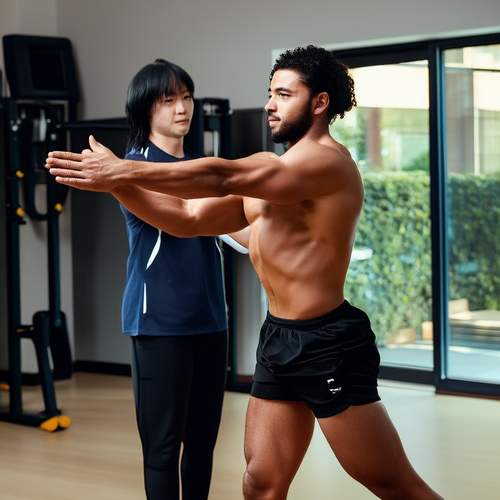
By /May 21, 2025

By /May 21, 2025
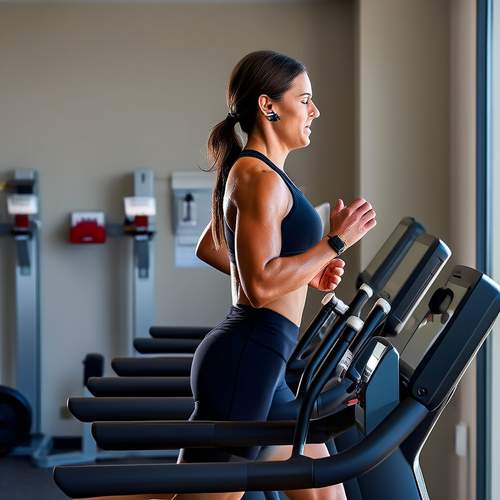
By /May 21, 2025

By /May 21, 2025

By /May 21, 2025
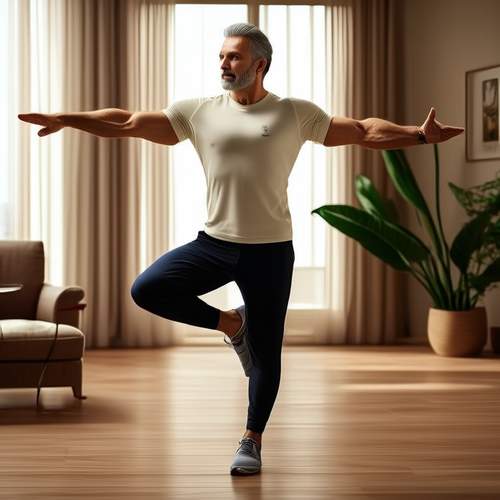
By /May 21, 2025
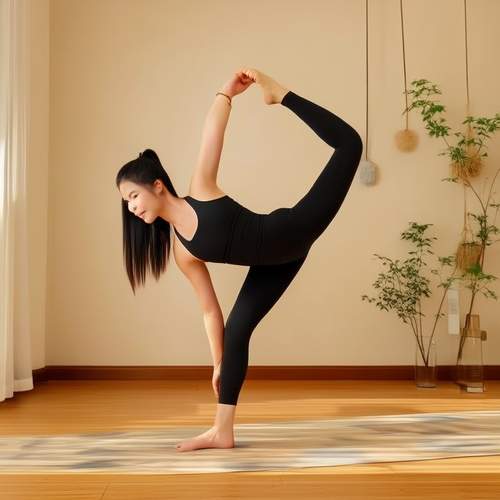
By /May 21, 2025
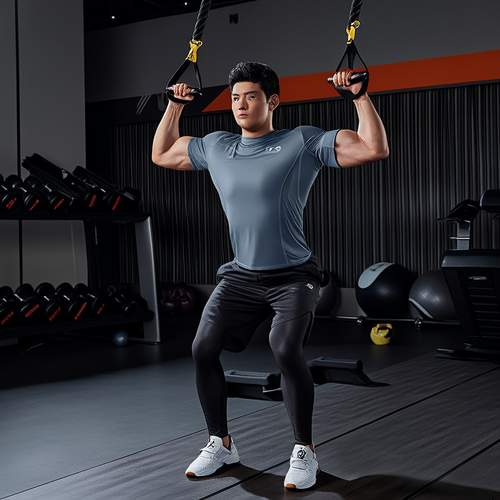
By /May 21, 2025
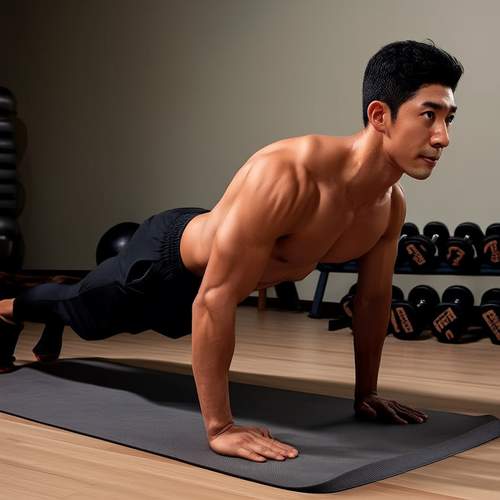
By /May 21, 2025
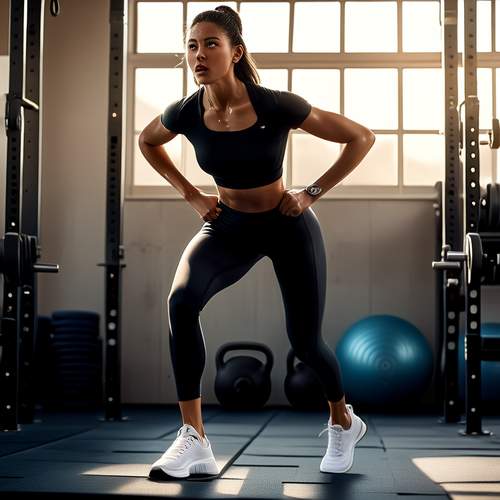
By /May 21, 2025

By /May 21, 2025
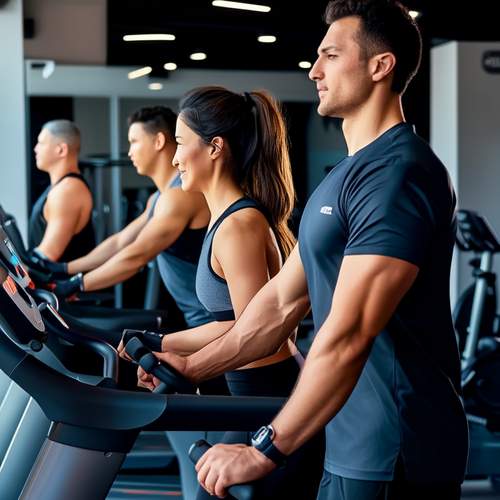
By /May 21, 2025

By /May 21, 2025

By /May 21, 2025